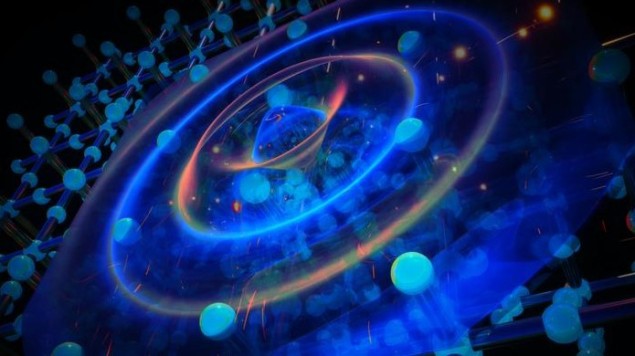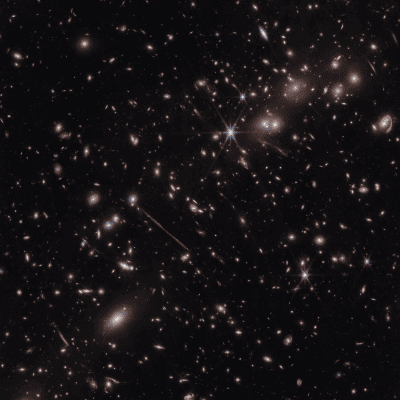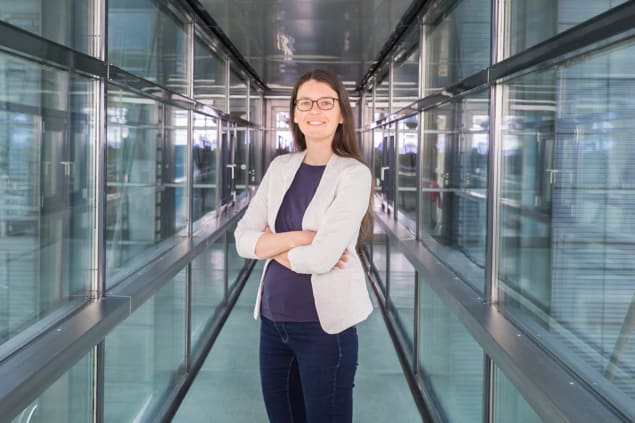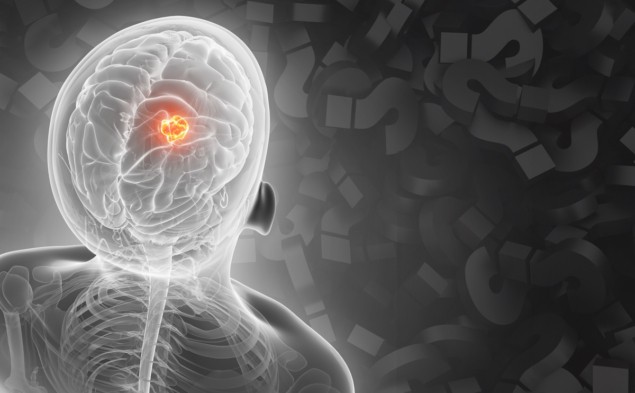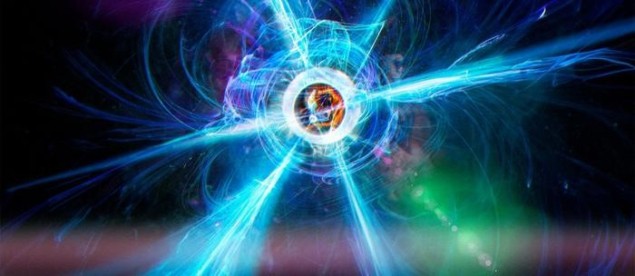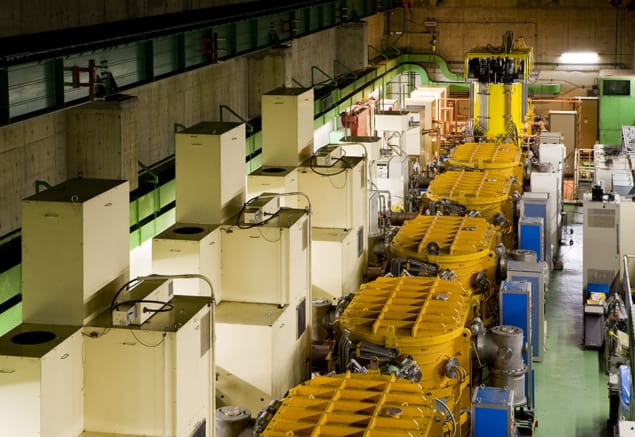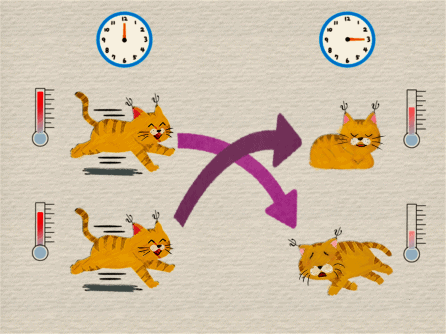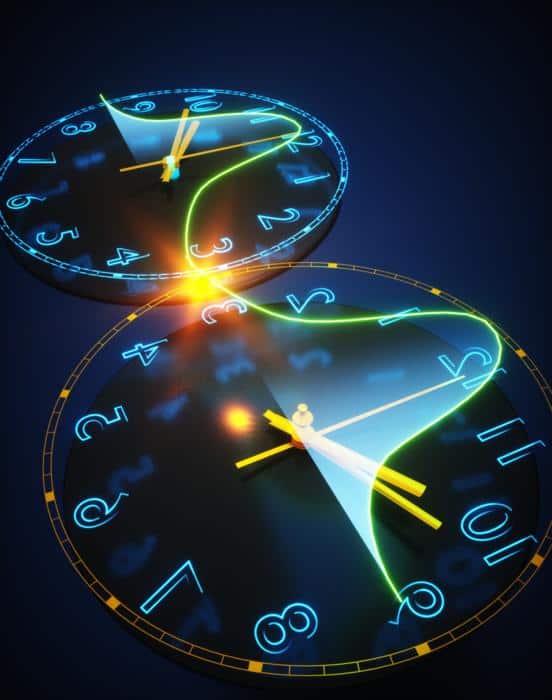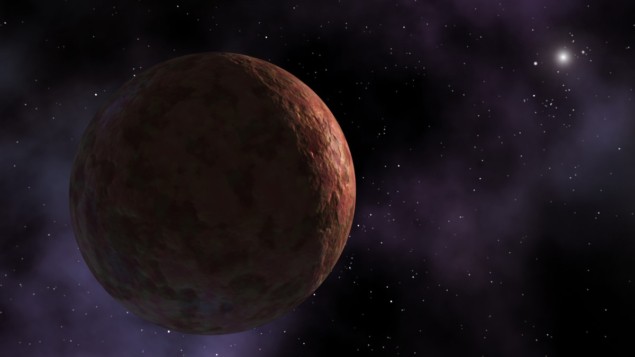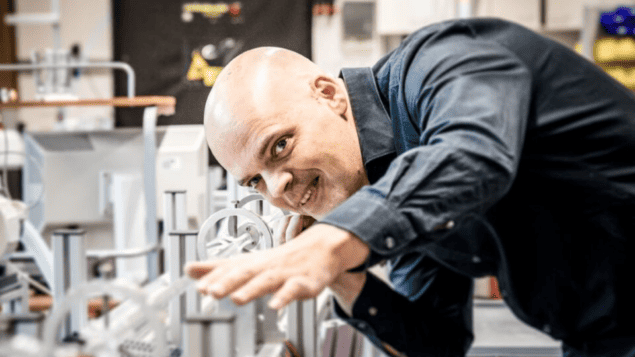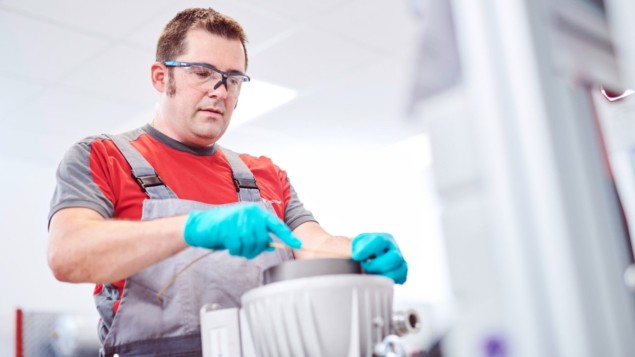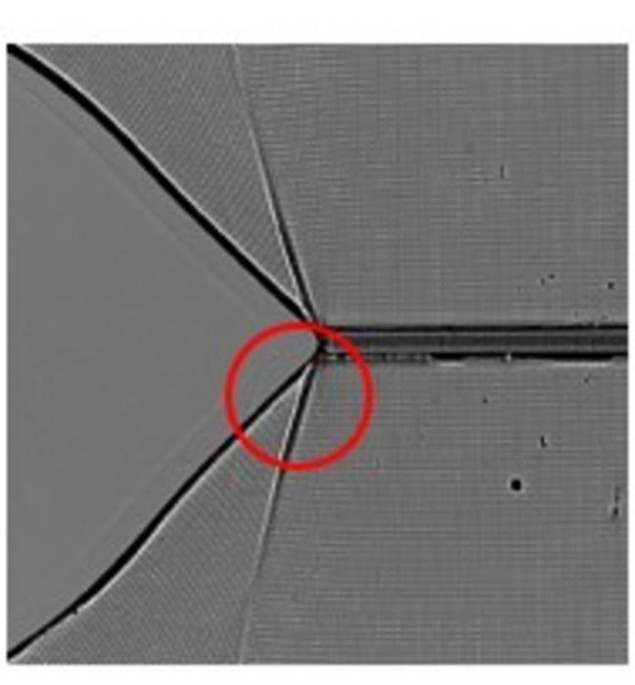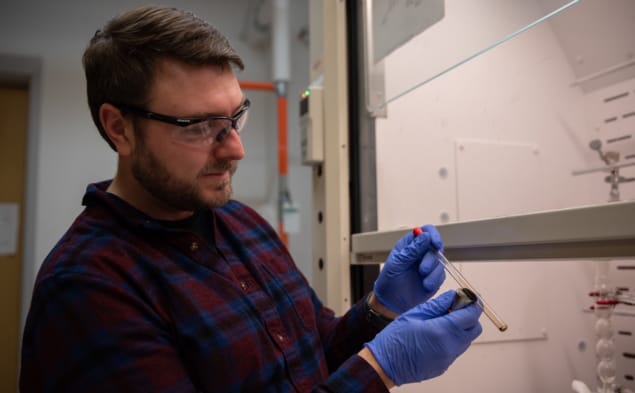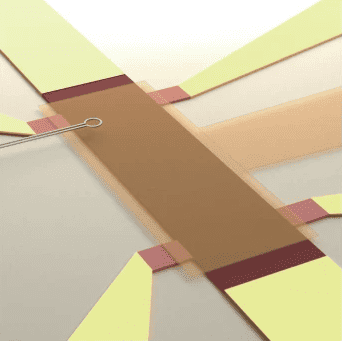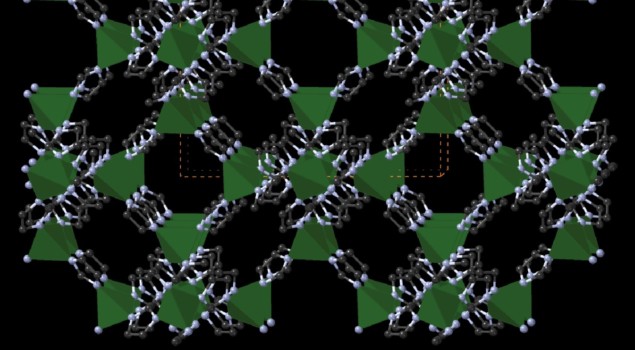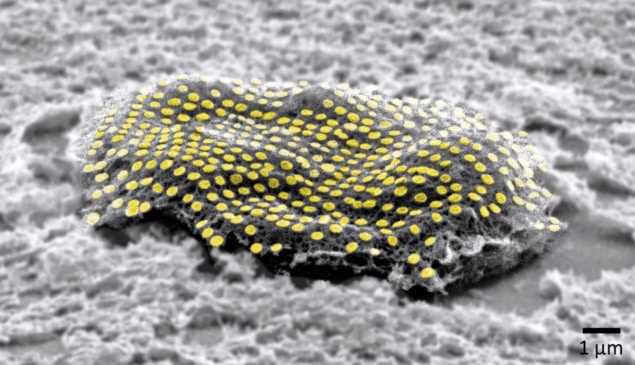Crackling noise technique listens to nanoquakes in materials
28 Sep 2023 Isabelle Dumé
Sensitive instrument: The scanning probe microscope (SPM) in Jan Seidel’s group at UNSW, Sydney, used to study novel and 2D materials. (Courtesy: FLEET)
A new microscopy technique to measure “crackling noise” on the nanoscale could have a wide range of applications, from helping researchers better understand weak spots in metals to investigating biological structures such as kidney stones so they can be destroyed without the need for major surgery.
When a material is put under stress or strain, it triggers a series of atomic processes that can change a smooth motion such as a simple compression into a sequence of jerky ones. The result is a phenomenon known as crackling noise, which sounds rather like a creaking door but occurs in avalanche-like cascades that span many size scales and follow universal power laws.

